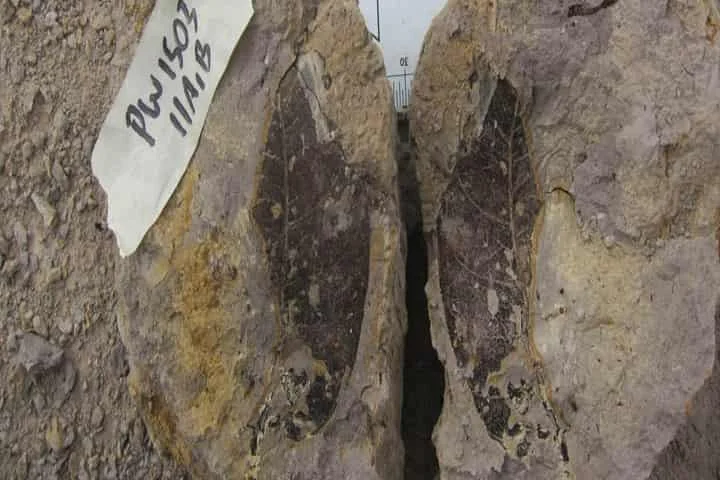The necessity of preserving forest cover is not just essential from the environment point of view but also because they are pristine. Recently, fossils of leaf found in Borneo have been studied for the first time in detail and it came up with a startling revelation – these rainforests covering the island have been in place for at least 4 million years and nurturing life as per a report in sciencealert.com!
The present look of the forests – dominated by dipterocarp trees – is what it was 2.6 and 5.3 million years ago, that is in the Pliocene Epoch, making it necessary to preserve this invaluable ecosystem for the future, said the scientists.
Home to more than 50 per cent of the total species in the world, Borneo has 270 types of dipterocarp trees and considering that tropical biodiversity in Asia is under threat, it is essential to help in its preservation.
Talking about this find, Peter Wilf a palaeobotanist from Pennsylvania State University said: "This is the first demonstration that the characteristic dominant life form of Borneo and the entire Asian wet tropics, the dipterocarp trees, was not only present but actually dominant. We found many more fossils of dipterocarps than any other plant group."

Dipterocarp forests (Pic. Courtesy wikimedia commons)
The height these trees can attain make them among the tallest in tropical forests and some of them touch 100 metres.
Rock fossils of dipterocarp leaves are not easily found said Wilf due to the forest and soil cover.
In the past Borneo’s plant life was studied by examining the fossilized pollen but as the dipterocarp pollen decays quickly, it was thought that these studies did not portray the complete picture. This time, the scientists discovered rocks with many dipterocarp leaf fossils but little in the way of dipterocarp pollen.
Combining study of fossil pollen and leaf, this new research threw light on the ancient world of mangroves and swamps with tropical lowland rainforests bordering it and having a variety of fern undergrowth and climbing plants in plenty.
Sharing his views, Wilf said: "We're getting to actually seeing what the environment was like millions of years ago. It was very much like what you can find there now, although those habitats have been cut down across much of tropical Asia."
Also read: New fossils reveal how arid Australia was once a lush rainforest millions of years ago
This green cover has been subjected to a lot of cutting down of trees for logging and agriculture while climate change too has played a part in reducing it. Borneo has witnessed high rates of deforestation but in the Brunei area of the island, where the research was conducted, majority of the old-growth rainforests are still preserved.
The scientists emphasised that it is vital to continue and expand the preservation of these forests. Through pollination and providing a huge stock of seeds that are nutritious, dipterocarp trees enable and support a multitude and diverse types of flora and fauna. These include clouded leopards, proboscis monkeys, sun bears, and rhinoceros hornbills.
Sounding a warning, the statistics about Asian dipterocarp species show that 89 per cent of the 460 of them fall in the Near Threatened status, and 57 per cent are categorised as Endangered, Critically Endangered, or Extinct. Latest study pointed that if the destruction continues at this rate, then an irreplaceable loss of four million years of forest history will occur.
Stressing on the importance of such fossil studies, Ferry Slik, an ecologist from the Universiti Brunei Darussalam said: “There are very few fossil studies from the Asian tropics. I hope this study will stimulate more research efforts on fossils in the tropics as they will tell us a lot about the natural history of the region."
Details of this research appeared in PeerJ.




















